50th anniversary of the excavation project Elephantine

Elephantine Luftbild 1970er © DAI Kairo // Anonym
January 9th, 1969 marked the first day of archaeological work of the German Archaeological Institute Cairo (DAIK) on the excavation site Elephantine. In co-operation with the Swiss Institute for Architectural and Archaeological Research in Cairo, half a century of field research has produced a wealth of data that have fundamentally advanced our conception of Ancient Egyptian culture – and the development of research questions and research methodologies inspires ongoing research in ever new directions.
To celebrate the 50th anniversary of successful work on Elephantine Island the DAIK invited fellow researchers of archaeological projects for a unique gathering to tackle the question as to how daily life in ancient Egypt, in settlements at the Nile, in its delta, in the surrounding deserts and at the Red Sea, must have felt like. The conference will take part in the Nubia Museum in Aswan on March 27th and 28th, 2019 (program attached). Apart from the Minister of Antiquities of Egypt, H.E. Prof. Dr. Khaled Elenany, the president of the DAI, Prof. Dr. Friederike Fless and H.E. the ambassador of Germany in Egypt, Julius Georg Luy, are expected for the conference. Talks will be held in English and translated into Arabic. The journal Luxor Times proposed to life stream the event.
The southern end of Elephantine Island, across from the modern town Aswan, is dominated by the remains of an ancient town. This settlement was inhabited from late prehistory (ca. 3000 BCE) into the Middle Ages (at least 1000 CE). It was the metropolis of the region throughout Pharaonic history. From here expeditions for war and trade were sent far into Africa and the adjacent deserts retrieving gold and ivory as well as other trade goods. Important quarries on both banks of the Nile were sources for the monumental building projects of the pharaohs, amongst other the pyramids in Giza. The temples of Elephantine were of prime importance for the observation of the annual flood of the Nile from which the life of the country depended.
Early settlement excavations in Egypt focused on exposing and interpreting architecture and finds and on establishing sequences of occupation. Nowadays, excavated objects and features in their archaeological context are increasingly used to reevaluate the understanding of past life, supplementing or challenging insights gained initially from texts and two- or three-dimensional depictions. The attention has shifted to the role of the individual and their lived experience in settlements.
In Egypt, where most of the ancient settlements are buried below the alluvial plain of the valley or covered by ever-expanding modern cities, Elephantine offers a unique glimpse of Ancient Egyptian city life, on everyday tasks, living conditions, economy and domestic culture through more than three millenia. Similarly important insight can be gained from other settlements along the Nile, in its delta region, in the desert oases and at the sea coasts. The intention of this symposium is to try and access to role of the individual and his/her experience in these settlements. Using the settlement of Elephantine as a vantage point, we would like to discuss the question of daily life in ancient Egyptian settlements at the example of a series of archaeological projects currently active all over Egypt.

